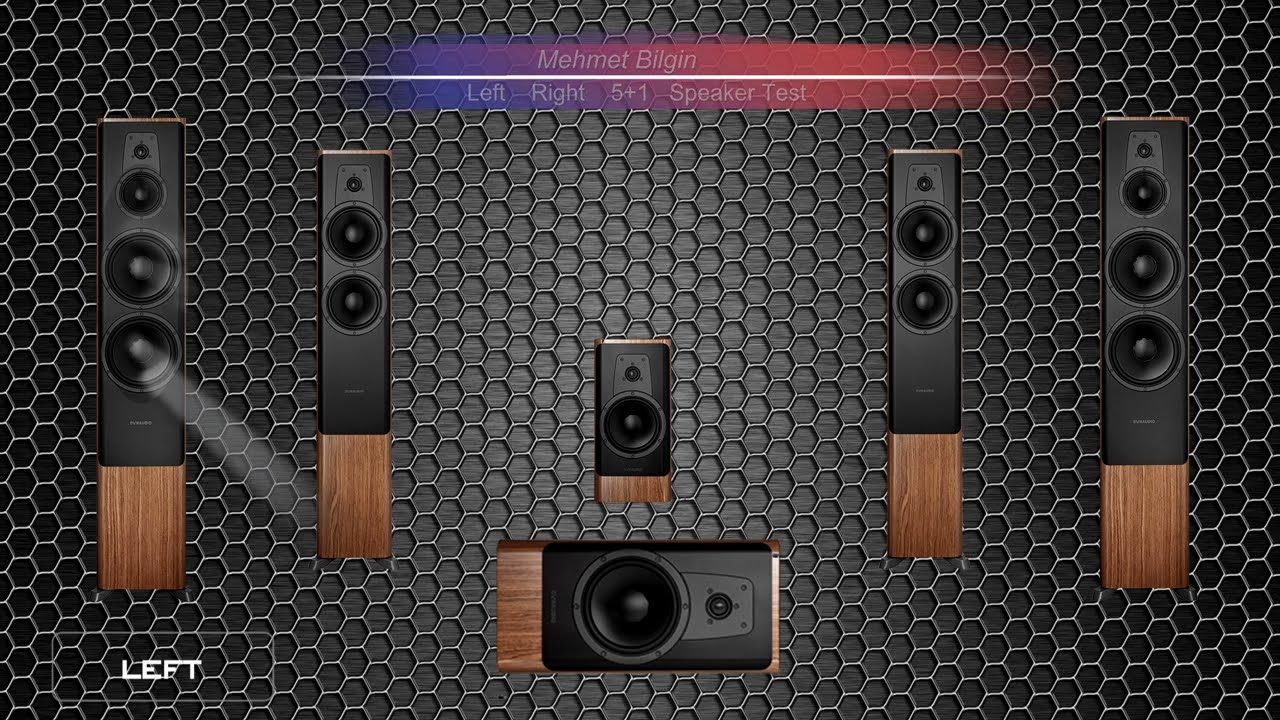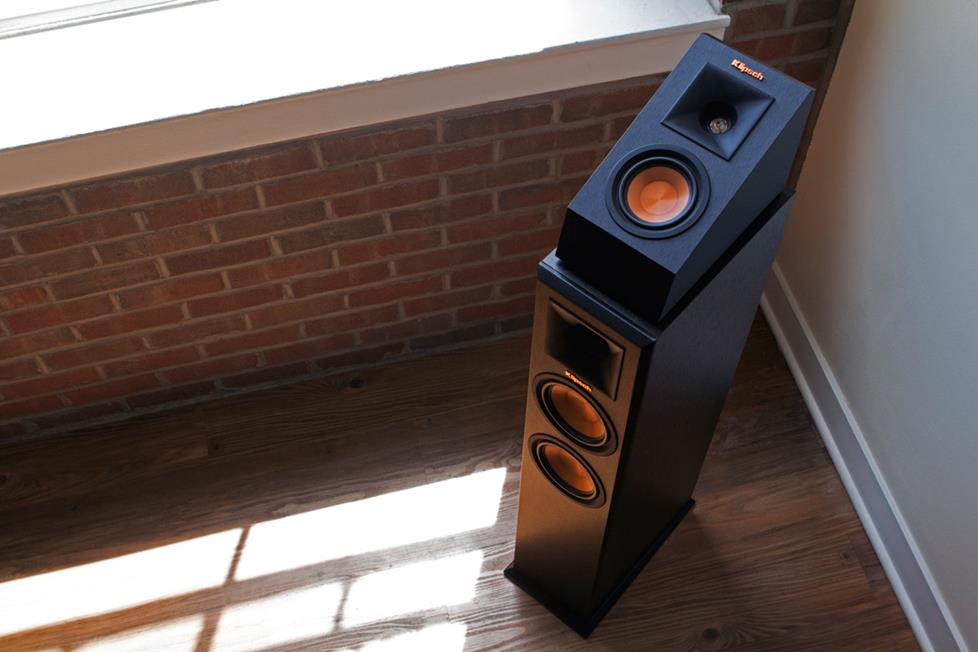In creating a digital entertainment experience to be streamed to the browser, the upstream considerations are largely the same as for creating assets to be delivered via other delivery routes, such as DVD, OTT streaming services, etc. It’s important to always work, where possible, with the original audio and video files so that when you are ready to do your final mix and encode, the amount of post-production distortion is minimized.
Beyond basic high-quality audio production principles, the main consideration in preparing assets to be optimized for Dolby output is whether you are producing a 2-channel stereo or multichannel (e.g. 5.1, or 7.1/7.2) surround sound experience. If you expect your primary target to be desktop, laptop and mobile devices (and not devices connected to home theater systems), a 2-channel setup has benefits of efficiency and simplicity. Otherwise, if your distribution is likely to be varied you will want to consider a multi-channel mix (that can later be down-mixed).
Mixing and encoding: considerations & tools

Once you’ve collected your content and decided on whether you’re going to produce a multi-channel surround production or a 2-channel stereo one, you’ll begin the process of ingesting your media sources. These could include: raw video footage, audio tracks and sound effects, other video clips, etc. Typically, these will be imported into a non-linear editing system, such as Adobe Premiere, Final Cut Pro, or any of a number of editing systems.
In your editing system, you will need to ensure each sound channel is optimized to play back in the right position at the appropriate levels. For finer-grained control of spatial audio, tools like Adobe Audition and Avid ProTools provide great controls that allow you to vary sound direction and characteristics over time—so, for example, you could have a sound start in the front-left and move rapidly around the room clockwise and then fade out. The sky is the limit using these sophisticated audio processing tools. Rest assured that once you’ve got your final mix playing perfectly in your studio, that the Dolby encoding process will preserve the crucial aspects of your production for perfect playback on any supporting device. Please see this Dolby video for a simple illustration of mixing and encoding a simple short video with audio from multiple sources. For a more in-depth overview of production principles for preparing a high quality Dolby Audio accompaniment to your video, see the Dolby Made for Web Sound Production Guide.
Encoding audio to Dolby Digital Plus
In this video you will learn to ad 5.1surround sound to your audio. Check the links below and dont forget to like and subscribe!!!dolby develo. Adobe Creative Cloud apps now use native OS support for Dolby Digital decoding and no longer feature encoding for Dolby Digital and Dolby Digital Plus sound formats. Adobe Creative Cloud has moved to native Operating System (OS) support for Dolby Digital decoding (reading Dolby files) and is no longer providing support for encoding (writing) Dolby Digital and Dolby Digital Plus sound formats in the. The Dolby Atmos Mastering Suite is a set of tools designed to allow a post-production facility create, edit, mix and master high-quality Dolby Atmos content for Blu-ray and Digital Delivery. It provides all the necessary software for a facility to build their own Home Theater RMU (Rendering and Mastering Unit), as well as enable edit and pre-mix rooms to work with Dolby Atmos content that feeds into the main mix. Start your Dolby Atmos demo here and step inside a multi-dimensional soundscape, expanding your music-listening experience with the technology only Dolby can provide.
If you’re already working with Adobe Premiere and Audition, you have a complete Dolby Audio encoding solution in your product. Simply export your video in h.264 for video and then select Dolby|Dolby Digital Plus as the audio encoding codec. Reasonable default parameters are provided and you can adjust these as fits your audio profile. If, on the other hand, your video production files are not mixed in Premiere, you can alternatively use any number of available Dolby Audio encoding solutions. To get started with a small sample file, try out our simple web-based encoder on this site.For larger files, sign up for an encoding.com account and select the video and Dolby Digital Plus parameters you desire.
Transport formats
Ps5 Dolby Atmos
The most common format you’ll encounter for your video files will be MP4—with an H.264 video track and a Dolby Digital Plus audio track—along with a fallback .mp4 file with an AAC (or other prolific audio codec) track for audio, to play in the event the browser does not yet support Dolby Digital Plus. See the Code section of this site for information on how to detect and play the video file you desire.
For a more robust setup to support high quality assets to a large number of users with varying bandwidth capabilities, you will want to consider delivering you video and audio via a streaming format, such as MPEG-DASH or HLS, both of which support Dolby Digital Plus audio tracks. There are a number of tools which will take your baseline video and audio files and convert them to these formats. Encoding.com provides this as one of the output formats. Other stand-alone tools include both open source and commercial tools, including mp4box, Elemental Stream, and others. Packaging your video and audio tracks in these streaming formats provides a more efficient means to deliver your video over the web. Moreover, they can be configured to play your media in adaptive bitrate, so that depending on the bandwith available to the consumer, the best video/audio tracks will be served, to balance quality with playback capability.
Adobe Creative Cloud has moved to native Operating System (OS) support for Dolby Digital decoding (reading Dolby files) and is no longer providing support for encoding (writing) Dolby Digital and Dolby Digital Plus sound formats in the current and future releases of Creative Cloud.
These changes affect the following Creative Cloud products:
- Adobe Premiere Pro
- Adobe After Effects
- Adobe Audition
- Adobe Photoshop
- Adobe Photoshop Lightroom
- Adobe Photoshop Lightroom Classic
- Adobe Media Encoder
- Adobe Prelude
- Adobe Premiere Elements
Both Windows and OS X operating systems (Windows 8.1 or above and Mac OS X .11 or above) contain native support for Dolby decoding functions. Please update to the latest version of your operating system.
Dolby Audio decode support for Windows operating systems
If you run a Windows operating system on your computer, all recent versions now support some form of Operating System (OS) level decode for Dolby audio.

There are a few exceptions, though:
- Windows 10N/10KN: Windows 10N/10KN version does not include the media package required to decode AC-3. You can find instructions on how to fix this issue in the following article on the Microsoft support site: Media feature pack for Windows 10 N and Windows 10 KN editions.
- Windows 8.1N/8.1KN: Windows 8.1N/8.1KN version does not include the media package required to decode AC-3. You can find instructions on how to fix this issue in the following article on the Microsoft support site: Media feature pack for Windows 8.1 N and Windows 8.1 KN editions.
- Windows 10 LTSC build 1803: This build of Windows does not include the Dolby codec. You need to upgrade the LTSC build to the full Windows license.
Dolby Atmos Download
Older versions of Windows:
- Windows 7: Windows 7 does not include the media package required to decode AC-3. The best solution is to upgrade to Windows 8 or Windows 10.
Dolby Audio decode support for Mac operating systems
If you run a Mac operating system on your computer, macOS 10.11 and later versions support decode for Dolby audio.
For those requiring Dolby encoding capabilities, please consider the following third party option: Dolby – Media Producer Suite.
For more information, please contact Adobe Customer Care.
Decode/Playback: No – as a digital format decode either works or does not work.
Encode: This is not possible with the OS integrated Dolby Technology. However, most encoding happens as part of distribution, not during the creative process where Adobe tools are primarily used.
Adobe recommends that you update to the latest version of your Creative Cloud software and also update to a more secure operating system (Windows 10 preferred). If you’re unable to do so, please contact the Adobe Customer Care team.
No, there is no change in the HDR image support by Premiere Pro.
If you are accessing a project with the latest release of Creative Cloud software, there is no impact. The OS technology can decode any Dolby encoded source media.
It is never our goal to remove capabilities from our products. Unfortunately in this case, we had no option but to change the way we accessed Dolby functionality and for some users this caused a disruption in workflow. Ultimately – we’re sorry that you’ve experienced any difficulty, below are some suggestions to both address the current situation and best practices for moving forward.
- Move to the latest OS and application version.
- Recover your CC2017 versions that included Dolby.
- Use a system backup or image from when you had CC 2017 installed.
For Windows, consider an update to CC 2018.
For Mac users, macOS upgrades are free.
This is our strongest suggestion. All windows versions above Windows 8.1 and Mac OS 10.11 or above contain native support for Dolby decoding functions. If you need to migrate work in progress, use a third-party utility like Handbrake (a free open-source video transcoder) to convert your MTS/ACS files. Rename the files and reimport them into Premiere Pro. Then, clear your media cache.
If you can't move to the lastest OS and CC2018 application version, recovering your CC2017 application including Dolby functionality is another potential path.
On Windows, try to use Windows Restore to roll back the state of applications on your computer to before that time.
On a Mac, you'd use Apple's Time Machine.
These back up versions will restore your machine to it’s previous state. To prevent that changing, when upgrading Creative Cloud apps, use 'Advanced Options' in the Desktop app to retain older versions rather than the default behavior, which is removing them.
You could possibly use either backup to get back to where you were before. At a minimum, you'll need both the Premiere Pro and Adobe Media Encoder apps.
Going forward, when upgrading Creative Cloud apps, use 'Advanced Options' in the Desktop app to retain older versions rather than the default behavior, which is removing them.
